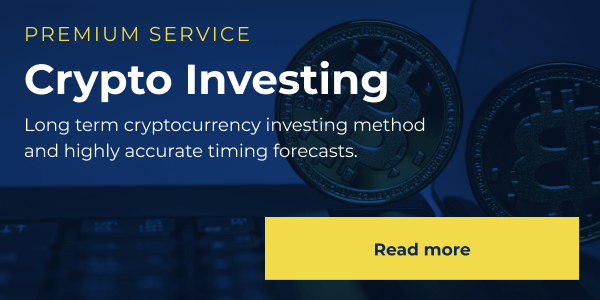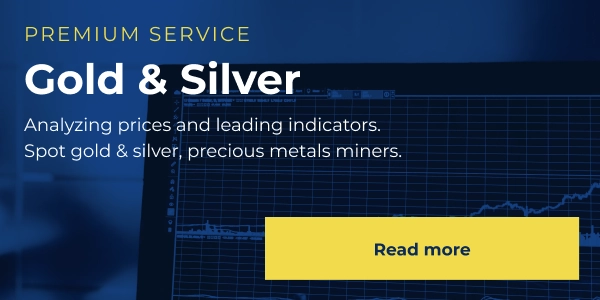KEY TAKEAWAYS
- SWIFT payments often cost 3–6% per transaction, while XRP ODL transfers settle in seconds with minimal on-chain fees.
- XRP removes the need for pre-funded nostro accounts, freeing up liquidity and reducing operational costs for payment providers.
- In corridors like US→Mexico and US→Philippines, XRP-based transfers show faster crediting and lower internal costs than SWIFT routes.
- Real savings depend on FX spreads, on/off-ramp fees, and local regulations that affect conversion and compliance costs.
- XRP ODL complements SWIFT, offering speed and efficiency in select corridors rather than fully replacing traditional bank networks.
XRP can cut cross-border transfer fees by up to 60% and settlement times from several days to just seconds.
SWIFT moves payment instructions between banks and often requires pre-funded accounts in different countries. Ripple’s On-Demand Liquidity (ODL) uses XRP as a bridge currency to send money across borders in seconds.
The process converts local currency into XRP, transfers it instantly, then changes it back to the recipient’s currency. This removes the need for pre-funded accounts and reduces settlement times from days to seconds.
On-chain fees are extremely low, though total savings depend on exchange rates and local partner fees.
RECOMMENDED: Should You Buy Ripple (XRP) Today Or Wait?
Ripple Vs Swift: How Does XRP (ODL) Differ From Swift In Practice?
SWIFT is mainly a messaging system that tells banks how to move money. Each transaction can pass through several intermediary banks, each charging its own fee and adding a foreign exchange (FX) markup.
This process can take hours or even days, and banks must keep large balances in foreign accounts to complete transfers quickly. SWIFT GPI has made these transfers faster and easier to track, but it still relies on the same multi-step structure.
Ripple’s ODL works differently. It converts the sender’s currency into XRP, transfers it across the XRP Ledger in a few seconds, and converts it to the receiver’s currency on arrival.
There are no pre-funded accounts, which means less capital sitting idle. While ODL removes some banking costs, FX spreads and local cash-out fees still influence the final amount received.
RECOMMENDED: How To Buy Ripple (XRP) In The USA: A Beginner’s Guide In 2025
How Much Can You Save By Using Ripple?
To understand the potential savings, we can look at World Bank data on international transfer costs and compare them with what’s possible on XRP rails.
The main cost difference comes from lower operational expenses and instant settlement, not necessarily from cheaper FX rates. Users still pay currency conversion and local processing fees, but ODL reduces the time and liquidity banks need to complete transfers.
RECOMMENDED: 3 Reasons To Buy Ripple (XRP) Like There’s No Tomorrow
Bank Wire Fee & Settlement Time Vs. Xrp Rails Per Corridor
| Corridor | SWIFT/Bank Wire (Total Cost & Settlement) | XRP ODL (Total Cost & Settlement) |
| US → Mexico | 4.5–6% of transfer value, settlement in under 1 hour to 5 days depending on intermediaries. | 3–5 seconds on-chain, fee under $0.001, final cost mostly from FX and local rails. |
| US → Philippines | 3–6% of transfer value, settlement within hours to 3 days. | 3–5 seconds on-chain, fee under $0.001, savings vary by provider. |
| US → India | 3–6% of transfer value, settlement in hours to 2 days. | 3–5 seconds on-chain, fee under $0.001, local regulation affects final price. |
These ranges show that XRP can move money faster and help banks save on liquidity costs. The actual fee a sender pays still depends on the provider’s exchange rate and local partner pricing.
How Fast Are Settlements On XRP Versus SWIFT GPI?
Transactions on the XRP Ledger settle in about 3 to 5 seconds, with network fees that are less than a cent. SWIFT GPI has improved transfer times, with many payments now reaching recipients within 30 minutes, though some still take up to a day or longer.
The difference is that XRP achieves true settlement almost instantly, while SWIFT transfers still move through intermediaries. Faster settlement means less money locked in transit, fewer delays, and lower costs for financial institutions and customers.
RECOMMENDED: Is Ripple (XRP) A Good Investment And How To Buy It?
Real-World Case Studies
Cross-border payments work differently in each market, but the pattern is clear: XRP ODL makes transfers faster and reduces the cost of moving funds for payment firms.
Let’s look at some case studies.
Mexico (US→Mexico)
This is one of the busiest remittance corridors in the world. According to World Bank data, sending $200 through a bank or SWIFT route costs about 4.5–6%.
Firms using XRP ODL in this corridor report instant settlement and fewer delays since they don’t need to pre-fund local accounts. That helps them lower internal costs and pass savings to customers when exchange rates are competitive.
Philippines (US→Philippines)
Transfers to the Philippines usually cost 3–6%. When providers add ODL and work with local payout partners, transactions settle in seconds instead of hours.
Customers benefit from faster crediting and, in some cases, slightly lower XRP cross-border fees.
India (US→India)
India’s remittance market is large but tightly regulated. ODL reduces the capital banks must hold for transfers, but final user costs depend on local bank integrations and FX conversion rules.
RECOMMENDED: Can You Create Wealth From Ripple XRP?
Can XRP Replace SWIFT?
XRP ODL is not a complete replacement for SWIFT. Its growth depends on regulation, liquidity in local currencies, and the strength of on and off ramp partners.
The biggest cost driver remains the FX spread, which varies by provider. Some markets also face limited crypto access or strict compliance rules. For now, ODL works best as a supplement to SWIFT in select corridors where both technology and regulation allow it.
FAQs
Can XRP Replace SWIFT For All Cross-Border Payments?
Not yet. XRP ODL is useful for certain corridors, but most banks still rely on SWIFT for large or highly regulated payments.
How Much Could I Save Sending $200 To Mexico?
On average, a bank transfer through SWIFT costs 4.5–5%. XRP ODL can remove some liquidity costs, but the final saving depends on the provider’s FX rate and local fees.
Is XRP Secure And Cheap On-Chain?
Yes. The XRP Ledger processes transactions in 3–5 seconds with very low fees. Security also depends on how each provider manages custody and compliance.
Do Banks Use ODL Today?
Some banks and fintech firms already use ODL for specific payment routes. Adoption depends on each country’s rules and infrastructure.
Does SWIFT Offer Anything Similar?
SWIFT GPI makes transfers faster and more transparent, but it still relies on pre-funded accounts and traditional correspondent banking.
Conclusion
XRP ODL speeds up international transfers and reduces the cost of holding funds in pre-funded accounts. While on-chain fees are almost zero, total savings depend on FX rates and local partners.
It’s not a full replacement for SWIFT yet, but in the right corridors it can make payments faster, cheaper, and more efficient for both providers and users.
Join eToro today and receive $10 in free crypto on your first deposit. Trade crypto, stocks, and ETFs with powerful tools and social investing features like CopyTrader™
Crypto investments are risky and may not suit retail investors; you could lose your entire investment. Understand the risks here










